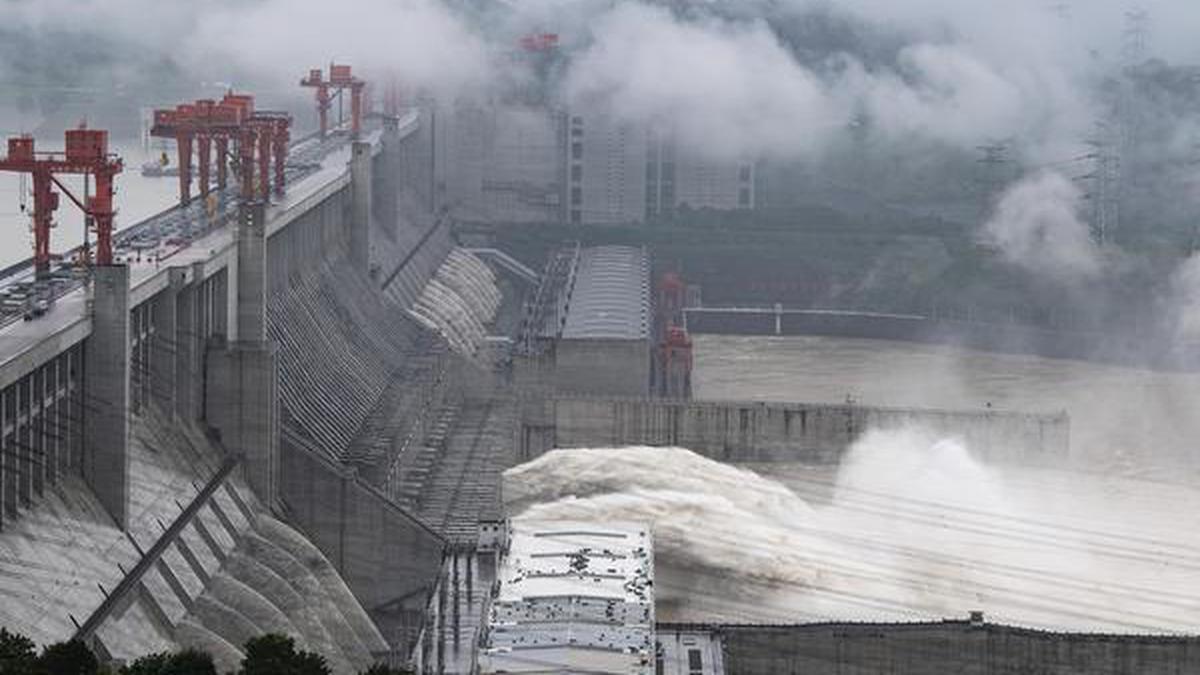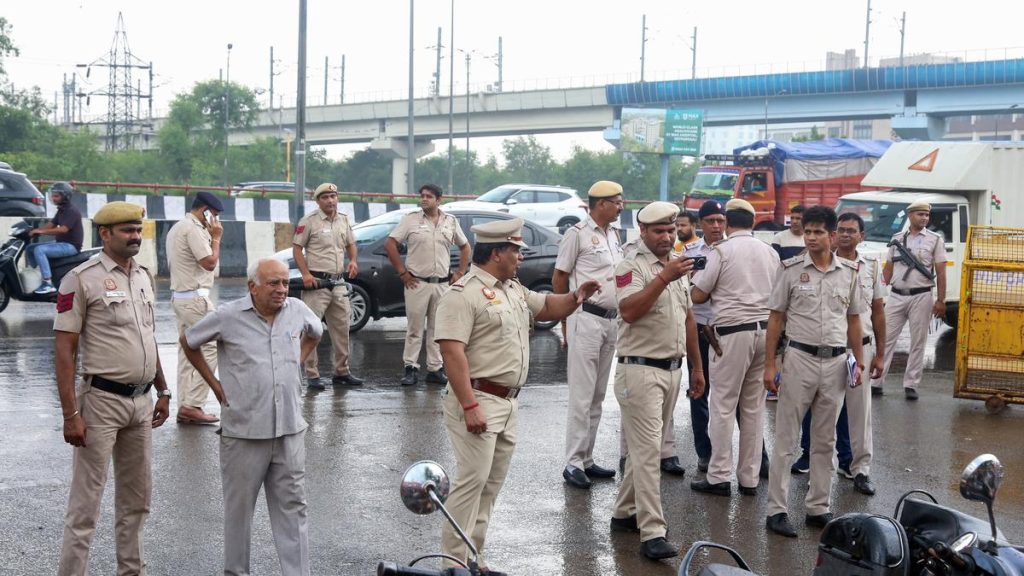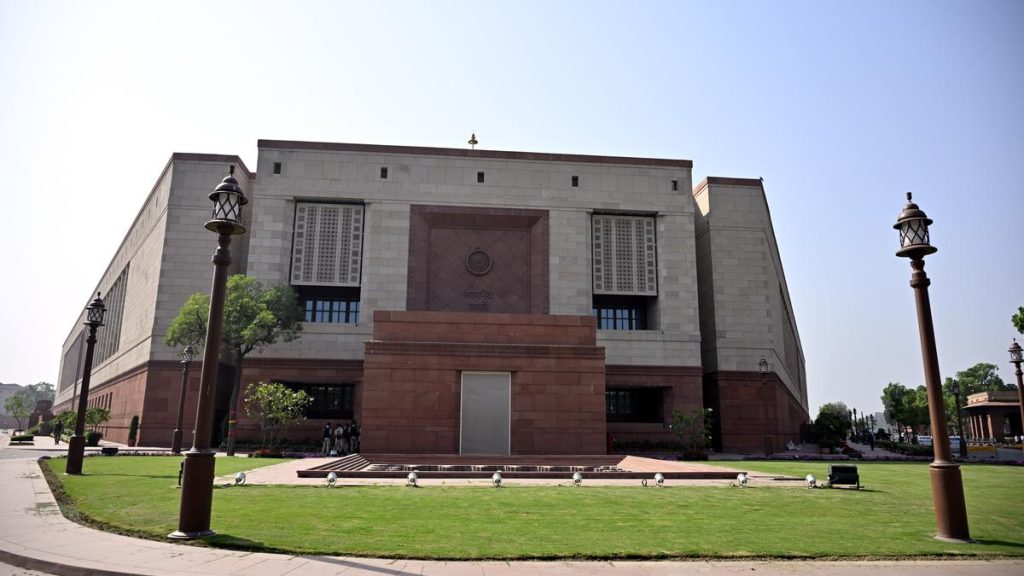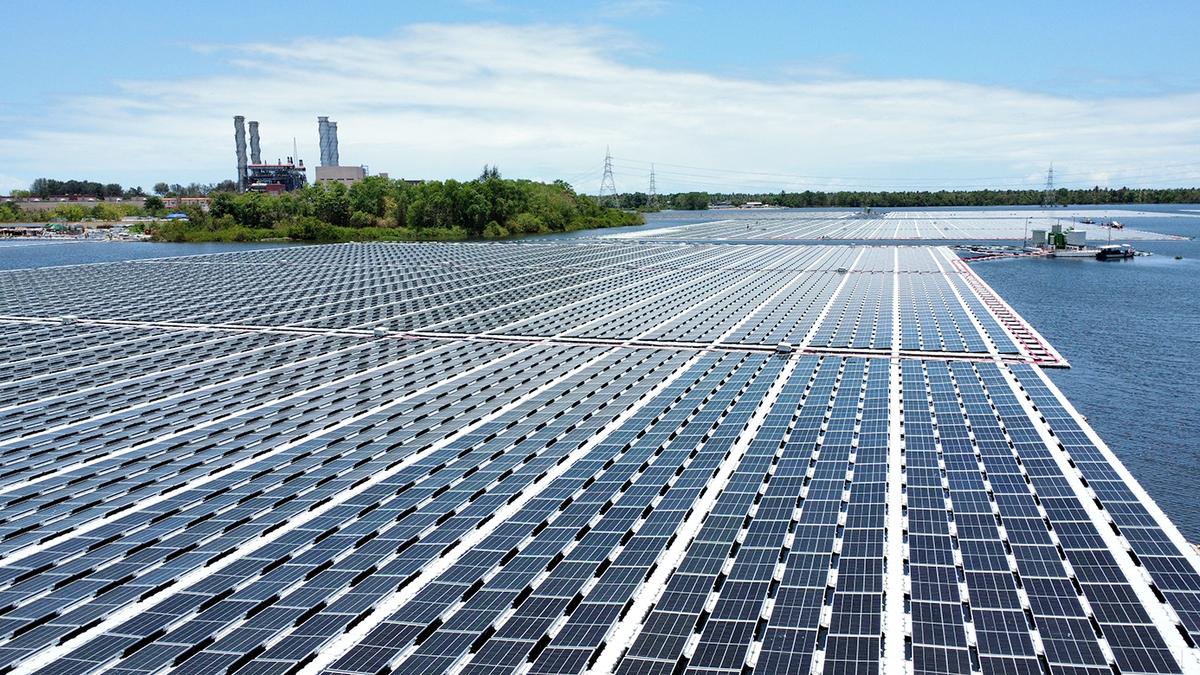Now Reading: Arunachal Activists Urge Centre to Rethink Siang Project, Reject China Dam Claims
-
01
Arunachal Activists Urge Centre to Rethink Siang Project, Reject China Dam Claims
Arunachal Activists Urge Centre to Rethink Siang Project, Reject China Dam Claims

Speedy Summary
- Farmers and activists in Arunachal pradesh urged the central government not to use China’s construction of the Medog Hydropower Station on the Yarlung Tsangpo River as justification for pushing ahead with India’s siang Upper Multipurpose Project (SUMP).
- The medog project, located in Tibet, is expected to generate 60,000 MW of electricity – three times that of China’s Three Gorges Dam. concerns have been raised by India and Bangladesh regarding its potential downstream impacts.
- The SUMP aims to produce 11,500 MW but would submerge 27 villages, displace over 1.5 lakh members of the Adi tribe, and affect forest cover and notable cultural heritage sites.
- Arunachal Chief Minister Pema Khandu supports SUMP as a “defensive measure” against Chinese water projects but acknowledges concerns due to the lack of a water treaty between India and China.
- Activists allege coercion tactics such as suspension of village heads opposing SUMP. They also accuse authorities of militarizing protests in the region.
- over 350 organizations submitted a joint letter requesting withdrawal of security forces from Siang belt areas affected by plans for this ₹1.13 lakh crore project.
Indian Opinion Analysis
The growing concerns over large-scale hydropower projects along critical rivers highlight competing national priorities: addressing energy needs versus protecting local ecologies and communities. While India’s apprehensions around China’s Medog Hydropower Station are reasonable given its potential environmental impact downstream, using these concerns to advance domestic projects like SUMP must be scrutinized fairly.
The Siang area carries not only environmental significance but also cultural importance for indigenous tribes like the Adi community who view it spiritually. Displacement risks for over a lakh people demand careful social assessment beyond economic gains or strategic imperatives.
Without bilateral water treaties with China or consensus with local communities domestically, persistence with large-scale infrastructure could worsen regional mistrust instead of bolstering geographic defense capabilities as intended-a delicate balance India must navigate.

























